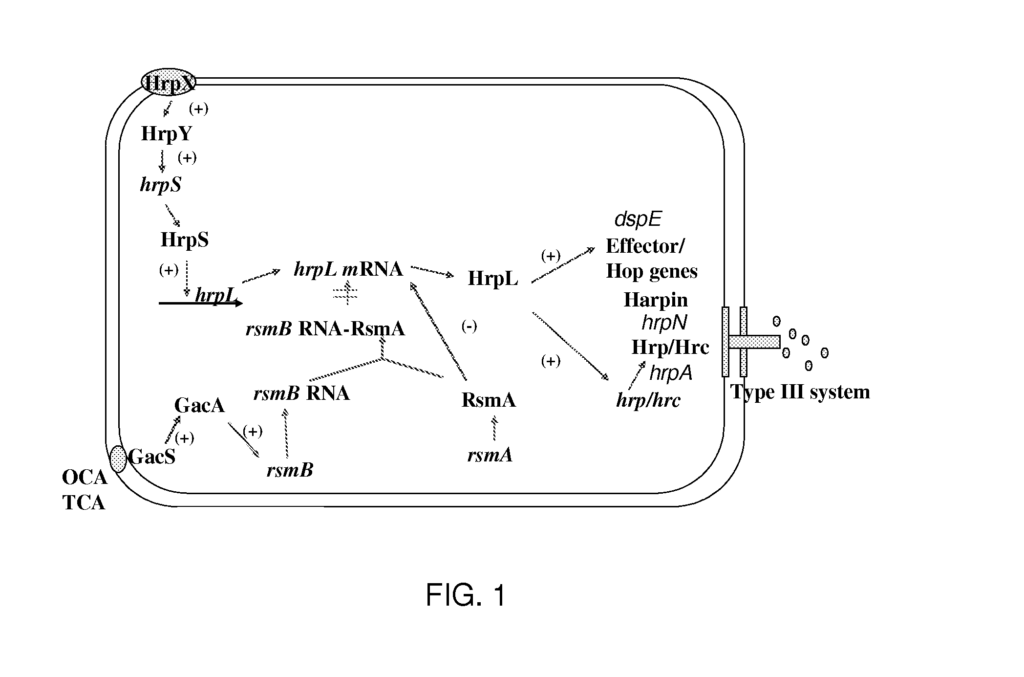Targeting Bacterial Virulence for a New Class of Infection Control
Introduction
The rise of antibiotic-resistant bacteria has created a significant global health challenge, one that threatens the effectiveness of existing treatments and puts millions of lives at risk. While traditional antibiotics aim to kill or inhibit the growth of bacteria, this approach has led to the development of resistant strains, diminishing the efficacy of available drugs. Our patented method offers a breakthrough alternative—by targeting and reducing bacterial virulence, it offers a novel strategy to combat infections without driving resistance.
The Global Need for Alternatives to Traditional Antibiotics
The overuse and misuse of antibiotics have accelerated the development of drug-resistant bacteria, commonly referred to as “superbugs.” These resistant strains are increasingly difficult to treat, leading to prolonged illnesses, higher healthcare costs, and increased mortality rates. Existing antibiotics often come with side effects, and their efficacy is rapidly diminishing as resistance spreads.
Traditional antibiotic therapies focus on killing bacteria or inhibiting their growth, which places selective pressure on bacterial populations and contributes to the development of resistance. There is a growing need for novel therapies that can effectively treat infections while reducing the likelihood of resistance development.
A Novel Approach: Reducing Bacterial Virulence
Our patented technology introduces an innovative approach by targeting bacterial virulence factors—molecules that enable bacteria to infect and damage host tissues. Instead of killing the bacteria outright, this method reduces their ability to cause disease, disarming the pathogens and allowing the immune system to clear the infection more effectively. By focusing on virulence rather than bacterial survival, this approach minimizes the selective pressure that leads to resistance.
This method holds promise for treating a wide range of bacterial infections, particularly those caused by antibiotic-resistant strains. By reducing virulence, bacteria are less able to evade the immune system, making them more susceptible to treatment. This strategy also offers the potential for fewer side effects, as it spares beneficial bacteria that are often killed by broad-spectrum antibiotics.
Key Benefits of This Approach
- Reduced Resistance Development: By targeting virulence factors instead of bacterial survival, this method avoids the selective pressure that drives antibiotic resistance.
- Effective Against Resistant Strains: This approach is particularly valuable in treating infections caused by antibiotic-resistant bacteria, where traditional therapies may fail.
- Fewer Side Effects: This method spares the body’s beneficial bacteria, reducing the disruption to the microbiome often caused by traditional antibiotics.
- Broad Applications: Applicable to a wide range of bacterial infections, from common ailments to severe, drug-resistant infections.
A Strategic Shift in Infection Control
Licensing this method for reducing bacterial virulence offers pharmaceutical companies and healthcare providers an opportunity to lead in the next generation of antibacterial therapies. With its potential to combat antibiotic resistance and provide more effective treatments, this technology represents a vital tool in the ongoing battle against bacterial infections.

- Abstract
- Claims
Share
Title
Methods of reducing virulence in bacteria
Inventor(s)
Ching-Hong Yang, Xin Chen, Eric J. Toone
Assignee(s)
Duke University Medical Center, UWM Research Foundation Inc, Duke University
Patent #
20120322769
Patent Date
December 20, 2012

























